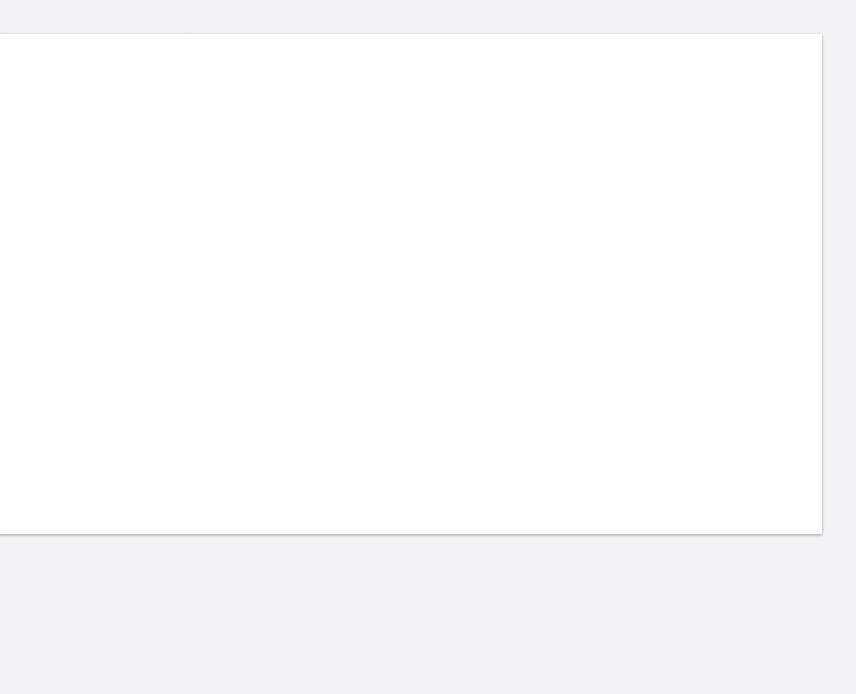Top 4 Rules of Parallel Digital/Print Content Production
In my previous post, we saw that today’s forward-thinking publishers are building great content that can be output to any number of print and digital products. The key to making this leap, we saw, is to set up a parallel content-creation workflow in the cloud. In this post, we’ll unpack how to do that.
To begin, let’s consider an analogy: automotive manufacturing. Before Henry Ford brought the assembly line to Ford Motor Company, every car was made as a one-off–a team of employees followed a set of serialized steps to build a custom car for each customer. The process took months, volumes were minuscule, and costs were enormous. Then, in 1913, Ford turned on the assembly line. He took the serial steps of car production and broke them down so that each team member could contribute in parallel – working over and over again on the aspect of car production in which they were most skilled. Output soared, costs plummeted, and automotive diversification at scale was born.
When building print and digital content, you can realize these same benefits. The key? Transition your content production to the cloud for simultaneous collaboration. Below, I’ve laid out some ground rules for setting up your “digital content production assembly line” in a cloud publishing platform, such as Inkling Habitat.
Rule 1: Eliminate print-centric content structure
As a basic clean-up step, remove all print-centric terminology from your content and get rid of layout-based references like “see image at the right.” Also, make sure your high-impact content is stored in formats that will display well on mobile devices. For instance, eliminate elaborate two-page spreads that aren’t going to show well on a smartphone.
Lastly, chose a cloud publishing platform that allows your “pages” to extend as long as they need to in order to completely communicate a learning objective. You are no longer bound by the physical constraints of a page, so make sure that your cloud publishing environment doesn’t hold you to them.
Rule 2: Have a strategy for interactivity
Interactive widgets, video, audio, and assessment are the key building blocks of the more effective digital products that you’ll be taking to market in the coming years. However, you’ll need to set up a strategy for how these content types will be accounted for in your print output. If you’re going to use widgets, specify print fallbacks and apply a specific class to them so that you can easily find and remove them from the print output.
If this feels like unfamiliar territory, bring in a consultant familiar with this workflow (for example, at Inkling, we have an Enablement Team that consults with our clients in setting up their digital strategy). Also, be sure your cloud publishing platform provides UI tools that will help you quickly tag content as digital-only. Here’s an example from Inkling Habitat:

Rule 3: Acknowledge the translation process from digital to custom print
Be wary of the “1-click print to PDF.” As a publisher, your content is curated and authoritative; you don’t want to be printing it with the same sloppiness you’d see if you printed out a web page. If you want your print to be more than an approximation of the content you’re building digitally, treat it as an translation process but strive to automate it is much as possible.
Custom-layout print files are best built in InDesign, so choose a cloud publishing platform that can export a final InDesign file through a semi-automated process. It should also give you the quick-print PDF option so that you have a rough sense of the final print output.
Rule 4: Build from re-purposeable patterns
As you establish your parallel digital/print content creation workflow, you’ll build up a wealth of institutional knowledge about what types of content objects — page structures, module structures, asides, widgets — best communicate your particular content library in both print and digital. Canonize these content “patterns” in a tool that allows you to jump-start the creation of your next project. Here’s an example of a user quickly assembling a new page of content from patterns defined during creation of previous projects:

The Bottom Line
The 20th century was defined by a revolutionary process for more efficiently creating physical goods. Assembly lines and supply chain management led to increasingly cheaper costs and shorter timelines. This century will be defined by revolutionary processes for creating digital goods. That revolution started with music and video and is now reaching into the publishing industry.
To get ahead of the coming revolution, plan your workflow with care and choose the right cloud publishing platform. You’ll save time and money while building a wide variety of better, future-proof, digital and print products all from a single workflow.
To learn more about Inkling Habitat, request a demo from our sales team.
